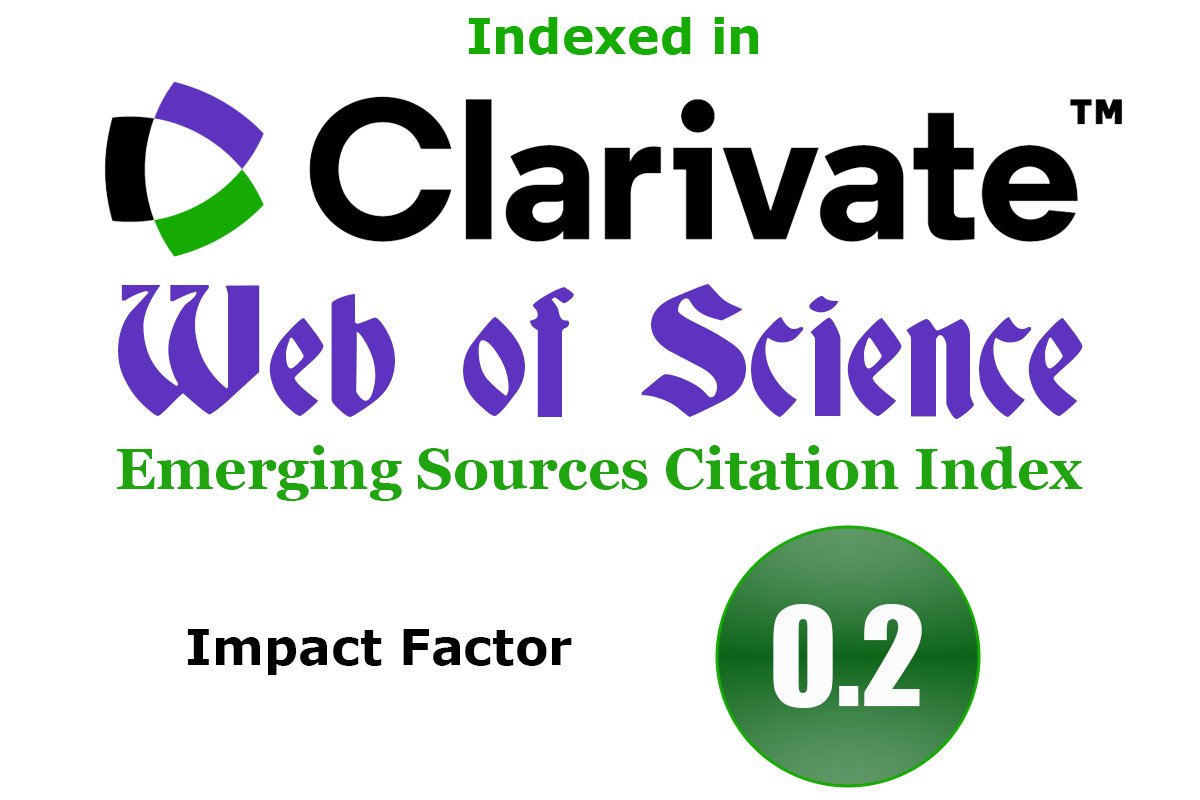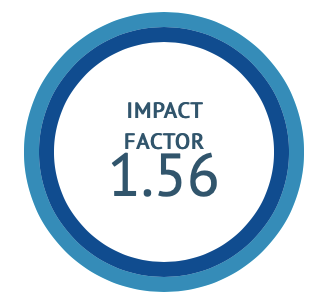Efficacy of Add-on Ayurveda Treatment Protocol in the Management of Subclinical Hypothyroidism: A Pilot Randomized Controlled Clinical Trial
DOI:
https://doi.org/10.47552/ijam.v16i3.5957Keywords:
Subclinical Hypothyroidism, Shiva Gutika, Yoga, Dietary Intervention, Serum TSH, Integrative MedicineAbstract
Background: Subclinical hypothyroidism, a common endocrine disorder characterised by elevated serum thyroid-stimulating hormone (TSH) levels while maintaining normal free thyroid hormone levels. While levothyroxine remains the standard treatment, it can sometimes lead to adverse effects. This randomized controlled trial evaluated the efficacy of Integrative Ayurveda Treatment Protocol (IATP), including dietary modifications, yoga and the polyherbal formulation Shiva gutika, alongside conventional therapy in managing Subclinical Hypothyroidism. Methods: Thirty patients of subclinical hypothyroidism (TSH: 5 to 50 mIU/L) aged 18–60 years were randomly assigned to the Standard Treatment Protocol for Subclinical Hypothyroidism (STP) and IATP groups. The STP received standard levothyroxine treatment along with dietary and lifestyle guidance, while the IATP group followed an add-on protocol including Ayurveda protocol, which includes polyherbal combination shiva gutika, ayurveda diet and yoga along with add-on conventional medicine. Outcomes were assessed using serum TSH, T3 and T4 levels on 0th and 60th day and anthropometric measures, ZULEWSKI score and WHO quality of life BREF on 0th , 30th and 60th day. Statistical analyses were performed using SPSS v25, with p<0.05 considered significant. Results: The IATP group exhibited significant reductions in serum TSH levels (p<0.0001) compared to the STP group. Improvements were also observed in IATP group in ZULEWSKI scores (p<0.0001). Anthropometric measures, weight, BMI and WHOQOL-BREF scores showed favorable trends within the IATP group, with marked quality-of-life improvements by day 60 (p<0.007). No adverse events were reported. Conclusion: The Integrative Ayurveda treatment protocol demonstrated enhanced efficacy in managing subclinical hypothyroidism when compared to conventional therapy alone, highlighting its potential as a safe and effective adjunct. Larger studies are recommended to validate these findings.
Downloads
Published
How to Cite
Issue
Section
License
Copyright (c) 2025 International Journal of Ayurvedic Medicine

This work is licensed under a Creative Commons Attribution-NonCommercial-ShareAlike 4.0 International License.
The author hereby transfers, assigns, or conveys all copyright ownership to the International Journal of Ayurvedic Medicine (IJAM). By this transfer, the article becomes the property of the IJAM and may not be published elsewhere without written permission from the IJAM.
This transfer of copyright also implies transfer of rights for printed, electronic, microfilm, and facsimile publication. No royalty or other monetary compensation will be received for transferring the copyright of the article to the IJAM.
The IJAM, in turn, grants each author the right to republish the article in any book for which he or she is the author or editor, without paying royalties to the IJAM, subject to the express conditions that (a) the author notify IJAM in advance in writing of this republication and (b) a credit line attributes the original publication to IJAM.




